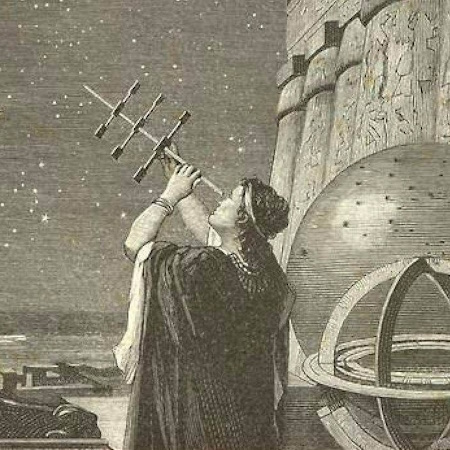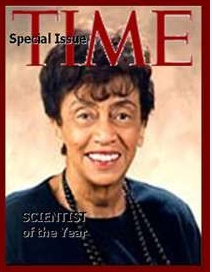
| Note: Roger
Arliner Young was the first Black woman to
receive a doctorate degree in zoology. Caroline
Silence was a classmate of Young’s at Howard University;
Ernest Everett Just was her teacher and mentor. For more
information, see Young’s entry in Wini Warren’s Black
Women Scientists in the United States
(Bloomington: Indiana University, 1999). |

